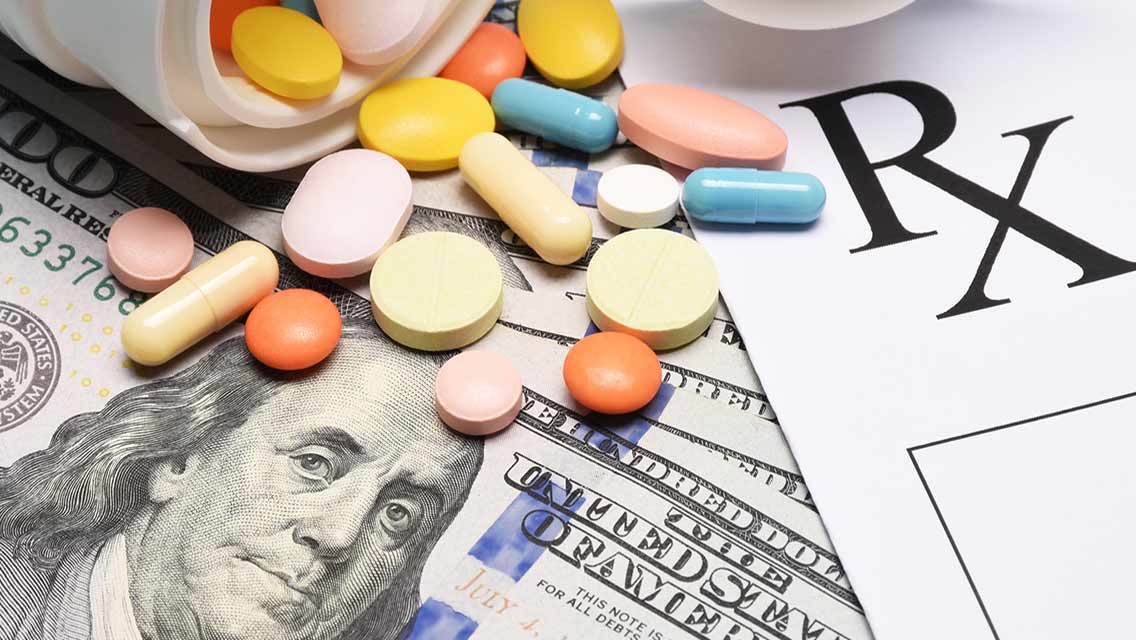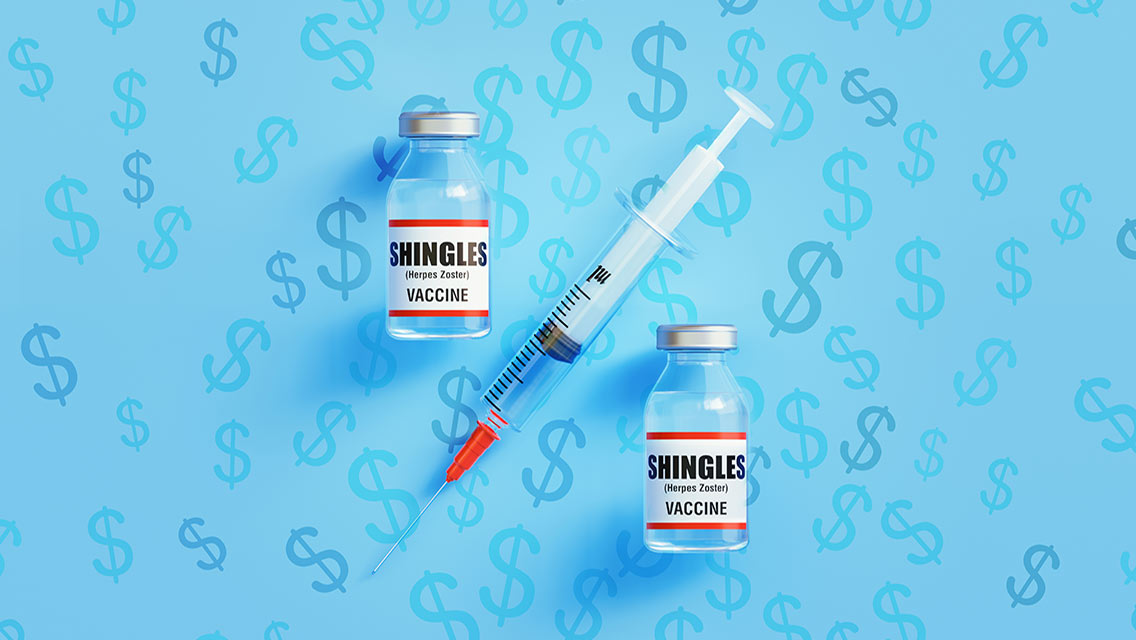One of the more noteworthy epiphanies I’ve experienced during my recent foray into our vexing healthcare system occurred the first time I showed up at my neighborhood pharmacy to purchase a container of pills promising to lower my blood pressure. The pharmacist asked a series of questions to confirm my identity, located the prescription, and handed the bag to me as I reached for my wallet.
“No charge,” he announced.
“No charge?” I replied incredulously.
“That’s right,” he assured me. “Medicare covers it.”
I am new at this sort of thing, having never tumbled into the Big Pharma vortex prior to my hypertensive crisis back in June, so I left the pharmacy slightly bemused — as if I’d won a raffle that I’d forgotten I’d entered. Back home, I discovered the retail price of my 30-day supply of ACE inhibitors is a bit north of 40 bucks.
I’ve made a few more trips to that pharmacy to pick up prescriptions in the succeeding weeks and returned home each time no poorer than when I’d left. Just the other day, for instance, I walked away from Walgreens with a three-month supply of a popular statin drug. Retail price: $371.89. My cost: $0.
So, you’ll excuse me if I appear insufficiently excited about the Biden Administration’s recent announcement that it would begin bargaining with drugmakers over the prices of 10 medications popular among the Medicare set. Despite its historic gloss, the initiative — part of the massive Inflation Reduction Act (IRA) — doesn’t seem to affect my currently invisible copay, and some experts suspect it may not save U.S. seniors as much as advertised.
That’s because private insurers already leverage their market influence to prod pharmaceutical companies to discount their products. As STAT News reports, a study out of the University of California, San Diego, suggests that the minimum required discount of 25 percent mandated in the new legislation would produce savings for fewer than half of the 10 targeted drugs. Plus, cheaper generic versions of several of these medications will likely enter the market before the negotiated prices are scheduled to take effect in 2025.
That’s not to say the initiative won’t make a difference to a good many Medicare beneficiaries. The legislation, for instance, limits the cost of a monthly supply of insulin to $35, a price that has been cut even further by some insurers; it also caps an individual’s annual out-of-pocket drug costs at $2,000. These are not insignificant changes for cash-strapped seniors, but it’s clear that the primary thrust of the legislation is to save the government some dough.
The 10 drugs headed to the bargaining table account for more than $50 billion in Medicare pharmacy drug costs annually — about 20 percent of the program’s total outlay. Eliquis, a popular blood thinner, costs the government $16 billion alone. Annual costs for the other drugs ranged from $7 billion for Jardiance, a diabetes medication, to $2.6 billion for NovoLog, an insulin product.
The response from drugmakers was as prompt as it was predictable. Bristol Myers Squibb spokesperson Catherine Owen tells STAT News that Eliquis (which produces 25 percent of the company’s U.S. drug revenue) was selected not because of its high price, but because it’s so much in demand by Medicare patients. And, she adds, there’s no guarantee those patients will see any savings. “Right now, there is no requirement as written into the law that any of the savings that the government can afford from these negotiations will be passed on to patients.”
Meanwhile, Owen’s employer, along with five other Big Pharma powerhouses, have filed suit against the Biden Administration arguing that the law violates their constitutional rights in various ways, most egregiously because it forces them to negotiate and accept a discounted price or face a hefty excise tax on their products. The process is “tantamount to extortion,” Merck officials argue.
The problem with their arguments — and the reason they are unlikely to prevail in court — is a fairly simple one: Their participation in Medicare is strictly voluntary. If they don’t like the rules, they can easily opt out. None of them would do that, of course, because it would demolish their bottom line. Medicare payments account for nearly half of all U.S. prescription drug sales.
“It may not be financially realistic for drug manufacturers to withdraw — but that’s not because Medicare and Medicaid compel manufacturers to participate,” Nicholas Bagley writes in Politico. “It’s because the programs are so lucrative to the pharmaceutical industry.”
And then there’s the old canard about how starving Big Pharma will undermine the research and development of lifesaving drugs, an argument countered by a Congressional Budget Office report estimating that Medicare negotiations would result in only six fewer drugs (1 percent of potential new drugs) emerging in the next 20 years.
“Most drugs aren’t cures,” he contends. “Drug companies generally earn more, in fact, on drugs that patients take over an extended period. That helps explain why fully one quarter of all drug approvals are for cancer drugs. They’re really profitable, even though they often don’t work very well.”
What benefits those — or any — pharmaceuticals actually offer, Bagley argues, raises a larger issue about drug manufacturing and marketing: The industry isn’t focused on curing illnesses, he says, because it’s not a profitable undertaking.
“Most drugs aren’t cures,” he contends. “Drug companies generally earn more, in fact, on drugs that patients take over an extended period. That helps explain why fully one quarter of all drug approvals are for cancer drugs. They’re really profitable, even though they often don’t work very well.”
That may explain why drugmakers invest so much money in marginally effective drugs rather than products that actually solve major health problems. Bagley points to the “desperate need” for new antibiotics to address the rise of antibiotic-resistant superbugs, which kill some 35,000 Americans each year. But pouring money into that sort of research makes no sense to Big Pharma because the new antibiotics would have to be employed in a limited fashion to protect their efficacy. “Fewer pills mean fewer sales, however, which is why nearly all large drug companies have left the market,” he explains.
Now that the government is forcing drugmakers to negotiate prices, Bagley suggests it’s time to expand its purview over the market and make smarter choices about the drugs Medicare will underwrite. Currently, federal law requires the agency — and some private insurers — to cover any medications that gain FDA approval, no matter how effective they prove to be. But why not change the rules to reward manufacturers that develop products that actually offer real benefits?
“We could give CMS the authority not only to drive down the prices of the most expensive drugs, as the IRA does, but also give it the power to pay less for, or even exclude coverage for, drugs of marginal efficacy,” Bagley says. “We’d send much smarter signals to drug manufacturers about where to target their investment dollars. And the benefits of better-targeted innovation would accumulate over time, vastly improving human health in the long run.”
Especially if there’s no copay.





This Post Has 0 Comments